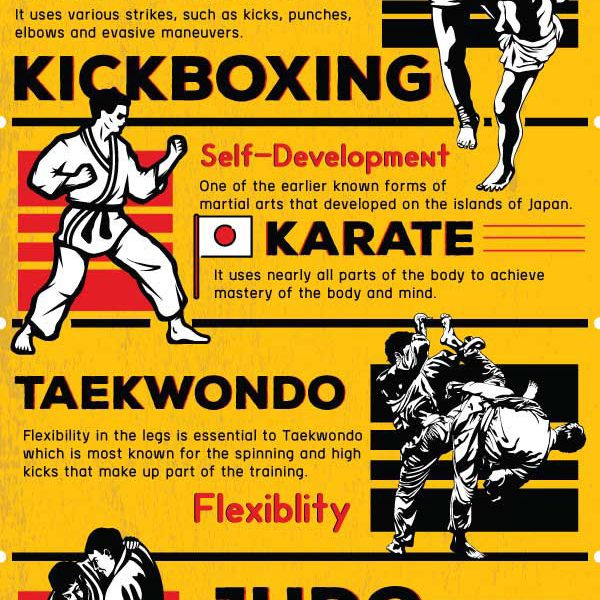In What Methods Do Standard Martial Arts Prioritize Technique Compared To The Affordable Nature Of Contemporary Battle Sports? Uncover The Essential Differences That Can Influence Your Journey
In What Methods Do Standard Martial Arts Prioritize Technique Compared To The Affordable Nature Of Contemporary Battle Sports? Uncover The Essential Differences That Can Influence Your Journey
Blog Article
Content Author-McGinnis Hovgaard
When you think of martial arts, do you lean extra toward the typical methods or the modern-day battle sporting activities? Each course uses unique benefits and experiences, formed by their viewpoints and training methods. Typical martial arts highlight personal growth and self-control, while contemporary combat sporting activities concentrate on competitors and performance. Comprehending these distinctions can lead you in choosing the appropriate method for your trip. But how do these distinctions materialize in training and viewpoint?
The Ideology and Background Behind Typical Martial arts
While many people link martial arts with physical fight, the ideology and background behind conventional martial arts run much deeper. https://thesuntimesnews.com/g/dexter-mi/n/154317/rise-martial-arts-offers-new-opportunity-children-and-teens-dexter 'll locate that these self-controls stress individual development, technique, and regard.
Stemming from ancient methods, typical martial arts were commonly developed for Self-Defense and spiritual development. They symbolize principles such as equilibrium, harmony, and self-control, guiding experts past simple combating abilities.
As you train, you'll not only learn methods yet likewise acquire understandings into the society and worths that shaped these arts. The rituals and traditions, usually passed down with generations, promote a sense of community and belonging.
The Competitive Nature of Modern Combat Sports
Modern fight sporting activities have changed the landscape of martial arts right into a very affordable field, where professional athletes challenge in an examination of skill, approach, and endurance.
You'll observe that competitors are commonly arranged with rigorous regulations and laws, guaranteeing fair game and security. These occasions attract large target markets, fueling the enjoyment and strength of matches.
Athletes educate carefully, not just for physical expertise yet likewise for mental strength, recognizing that every information counts in the ring. The adrenaline rush throughout competitors is palpable, as fighters push their restrictions to claim success.
Fans appreciate the athleticism and virtuosity entailed, making modern fight sporting activities a thrilling phenomenon that remains to evolve and mesmerize lovers around the globe.
Training Methods and Techniques: A Relative Evaluation
The affordable ambience of modern-day combat sports needs innovative training methods that differ dramatically from conventional martial arts.
In modern-day training, you'll focus on certain techniques, competing, and conditioning, typically making use of drills that simulate real fight situations. You'll see an emphasis on measurable performance and frequent competitors to examine your skills.
In contrast, standard martial arts focus on types, katas, and thoughtful trainings, typically stressing self-control and regard over competitors.
Training is typically less extreme and might entail repetitive method rather than real-time sparring.
While both strategies develop skill and fitness, modern battle sporting activities give a more dynamic and versatile training environment, preparing you for immediate obstacles in the ring or cage.
Choose the course that lines up with your objectives and interests.
Verdict
In selecting in between standard martial arts and contemporary battle sports, it truly comes down to what you value the majority of. If japanese martial art searching for personal development, technique, and a feeling of area, standard arts may be your ideal fit. Yet if you prosper on competitors and real-time difficulties, contemporary fight sporting activities could be the way to go. Eventually, both courses offer distinct advantages, so it's all about aligning your training with your individual objectives and rate of interests.
